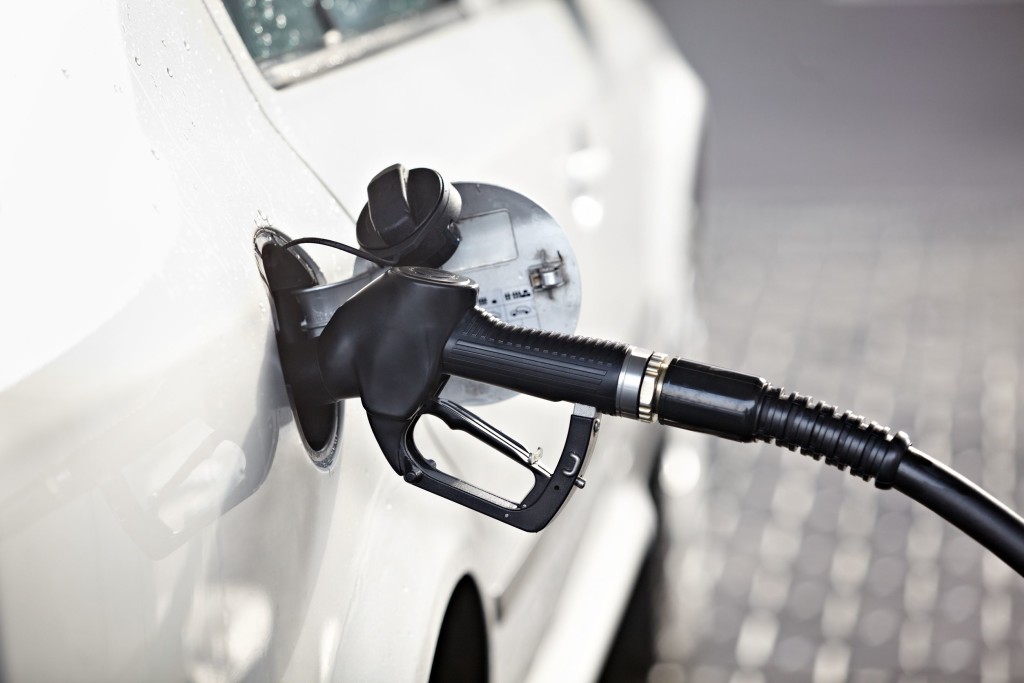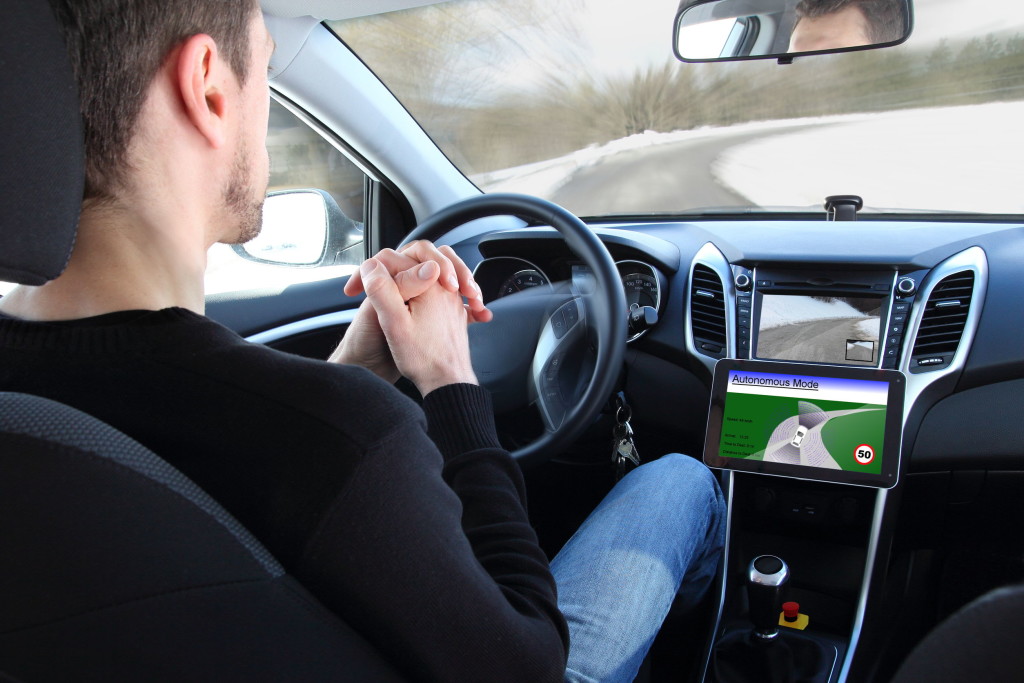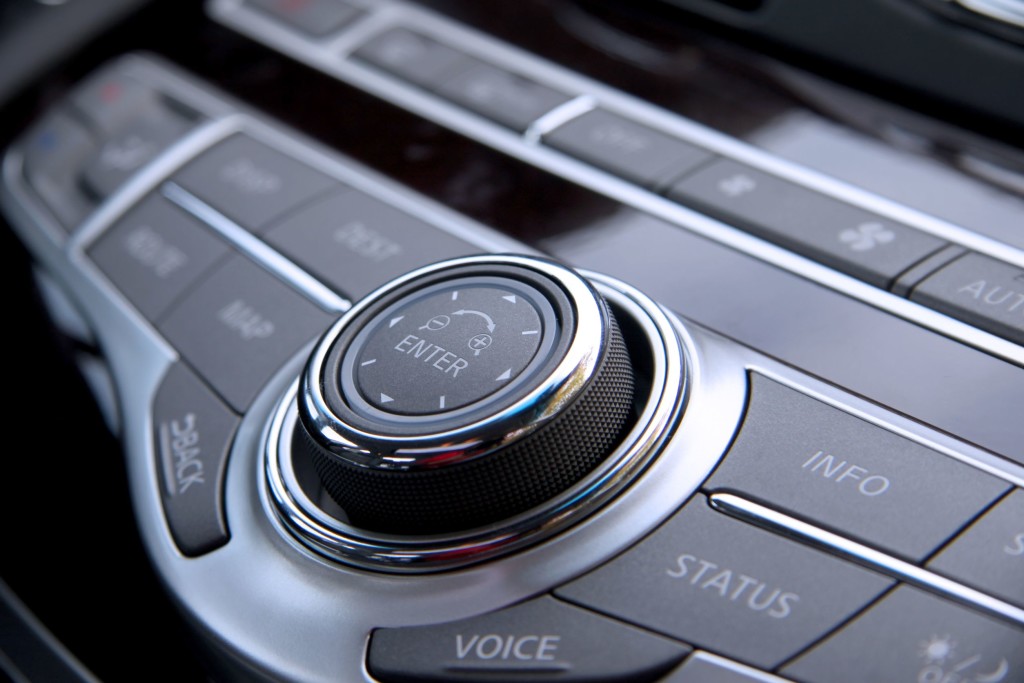 Your tires are an essential part of your car. The problem is that most people don’t give their tires a second thought unless they get a flat.
Your tires are an essential part of your car. The problem is that most people don’t give their tires a second thought unless they get a flat.
People believe as long as their tires are inflated, they are in proper working order, but that’s not necessarily true. If you don’t take care of your car’s tires, you’ll likely find that they wear out faster, and nobody likes buying new tires. Today, we explain why some tires wear out faster than others so you can go farther on your set of wheels.
Why Do My Tires Wear Down Quickly?
The life of your tires is based on how quickly your tire tread wears down. Tire tread helps you grip the road, so you can see why driving on severely worn tread can be dangerous. Some things that cause your tire tread to wear down quickly include:
1. Improper Tire Inflation – If your tires aren’t at the optimal pressure, they’ll wear out more quickly or unevenly. Proper tire inflation will ensure your tires are able to handle a variety of different vehicle aspects, including the vehicle’s weight, cornering distribution and braking forces. If your tires are out of whack, the tread may wear out more quickly when you break or turn in a certain direction. Additionally, you’ll actually lose grip with the road if your tires aren’t at the right pressure, so follow the inflation guidelines in your owner’s manual.
2. Misaligned Tires – Wheel and tire alignment ensures all your tires travel straight forward. Have you ever been driving down the road and noticed that your car was pulling to the right? Odds are your vehicle is misaligned. When your car is out of alignment, your tires hit the road at the wrong angle, causing the inside or outside or your wheels to wear down quicker.
3. Driving Patterns – Certain driving maneuvers also quickly wear your tires down. Some of these maneuvers include:
- Spinning your tires
- Hard breaking
- Fast acceleration
- Driving at fast speeds
So if you do a lot of city driving, avoid slamming on the accelerator or the brakes as you make your way through town. If you do, you’ll be buying a new set of tires before you know it.
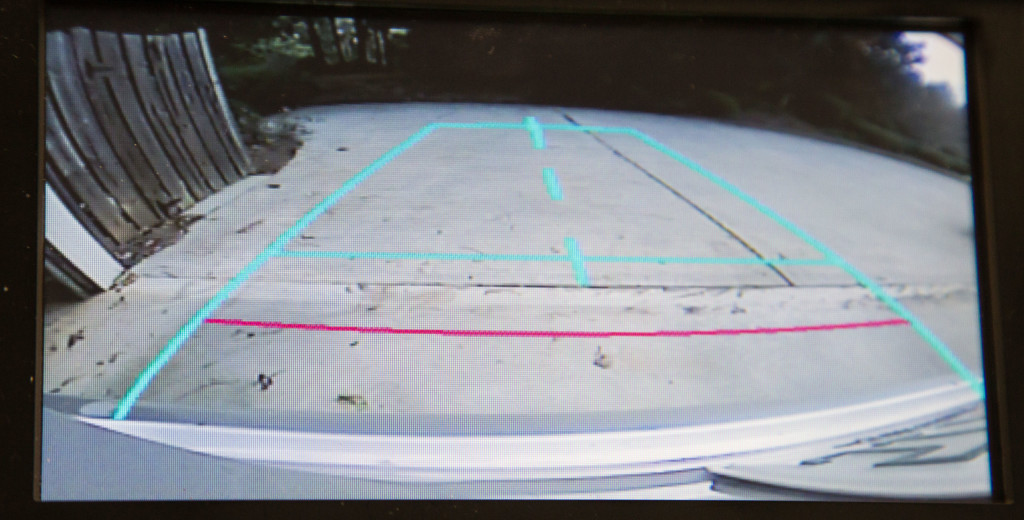
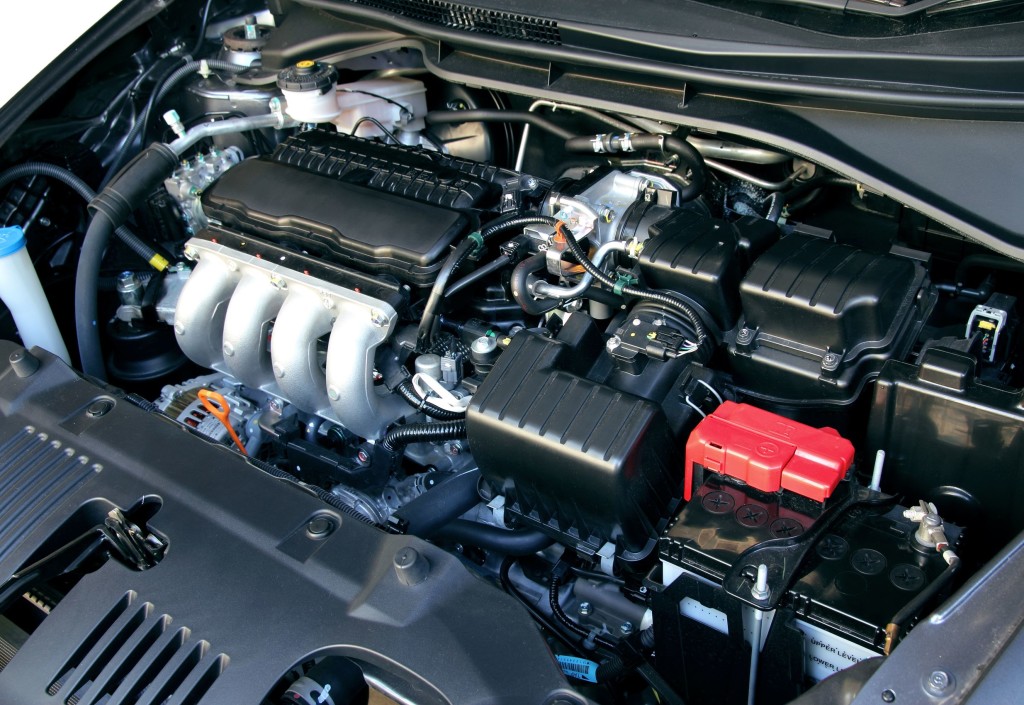

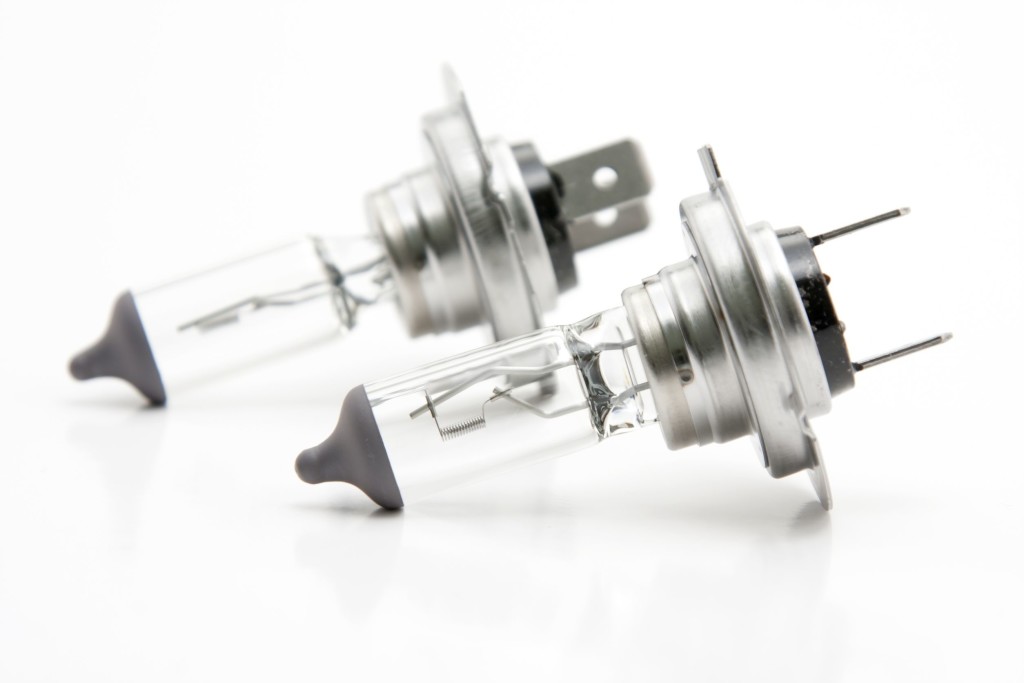 Step 1
Step 1

